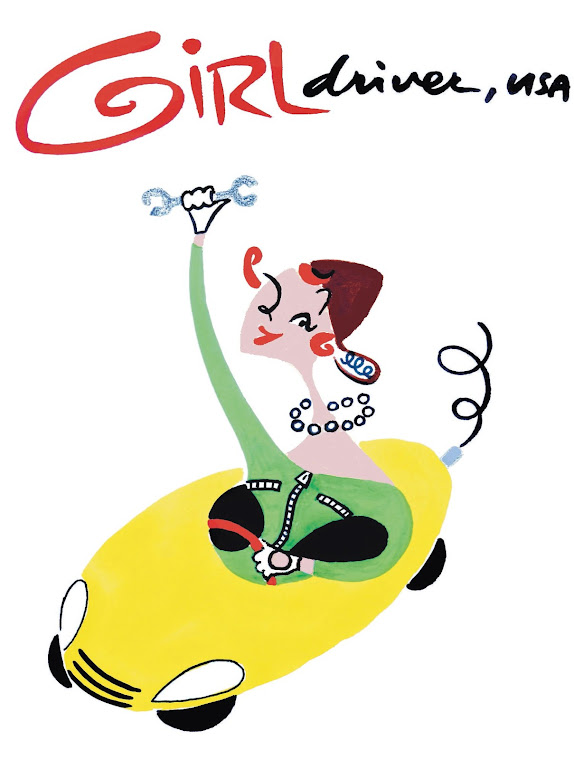Teenagers think they know more than adults and consider themselves invincible. Convince them otherwise. Today’s teens are so worldly, we’re sometimes fooled into believing they are more mature than they are. But teens are still children and they still make stupid mistakes, some of which are fatal. But adults do stupid things too. And children notice.
Reading the headlines it might seem that the biggest killer of teenagers is drugs. But that isn’t the case. According to a study conducted by Safe Kids Worldwide and made possible by a $2 million grant from General Motors Foundation, more teens die in motor vehicle crashes than from any other cause of death. (The second most common cause of death is homicide and the third is suicide according to Safe Kids data from 2010.) The toll is about 2,500 per year or 8 out of every 1,000 teens. Fatalities are split between teen drivers (56 percent) and passengers (44 percent). In half of these fatalities, teens were not wearing seat belts. While the number of fatalities has decreased 56 percent since 2002, behavior has not changed much.
Safe Kids found that half the teen passengers and slightly less than half of the teen drivers who die in fatal crashes are not buckled up and that hasn’t changed over the last decade. Only about ten percent of passengers and six percent of drivers are unrestrained in non-fatal crashes.
In interviews with about 1,000 teens between the ages of 13 and 19, Safe Kids explored behaviors and thoughts when they ride in cars with other teens. They learned that teens start riding more regularly with other teens at around age 15. About ten percent of the 13 year olds traveled in cars with other teens every day or a few times week compared to 23 percent of 16 year olds. Three times as many 16 year olds die in crashes as 13 year olds. Research has been done in the past that has shown that compared to teens who are not transporting any teen passengers, having one teen passenger in a car with a teen driver increases the risk of a crash by 44 percent. Two passengers double the risk and three or more passengers increases the risk four fold.
Using a seatbelt is one of the easiest ways to prevent fatalities. Safe Kids found that many of the teens who did not use seat belts every time are more likely to have parents who don’t always use them.
Their top reasons for not using seat belts were that they forgot or weren’t in the habit (34 percent), they did not use them if they weren’t traveling far (16 percent), they were uncomfortable (11 percent) or they were in a hurry (five percent). Teens interviewed think the main reason why other teens don’t buckle up is because they aren’t going far.
Teens learn these habits from their peers, but they also watch their parents behavior. Teens reported seeing their parents unbuckled, texting while driving, talking on the phone, speeding or under the influence. While 49 percent said they felt unsafe driving with a teen driver, 31 percent said they felt unsafe driving with an adult.
Parents can influence their teenagers’ behaviors by driving responsibly always in front of their kids. That means always buckling up so that it becomes a habit with children before they ever start to drive.
In addition, Safe Kids advocates for strong public policies. The graduated driver’s license and night driving curfews have lowered risks. Other best practices that need to be considered include zero tolerance for alcohol, a ban on texting and use of distracting technologies, limiting the number of teen passengers, no violations of mandatory seat belt laws for drivers and passengers, learner’s permit stage starting no earlier than age 16; full driving privileges at 18, at least 50 hours of driver’s education and adult-supervised driving. Police should not be restricted from stopping drivers for these offenses. Many states prevent them from doing so unless the driver is speeding or engaged in some other serious violation like running a red light.
Public policies will help. But the buck stops at home. Ask your kids to play it safe.
